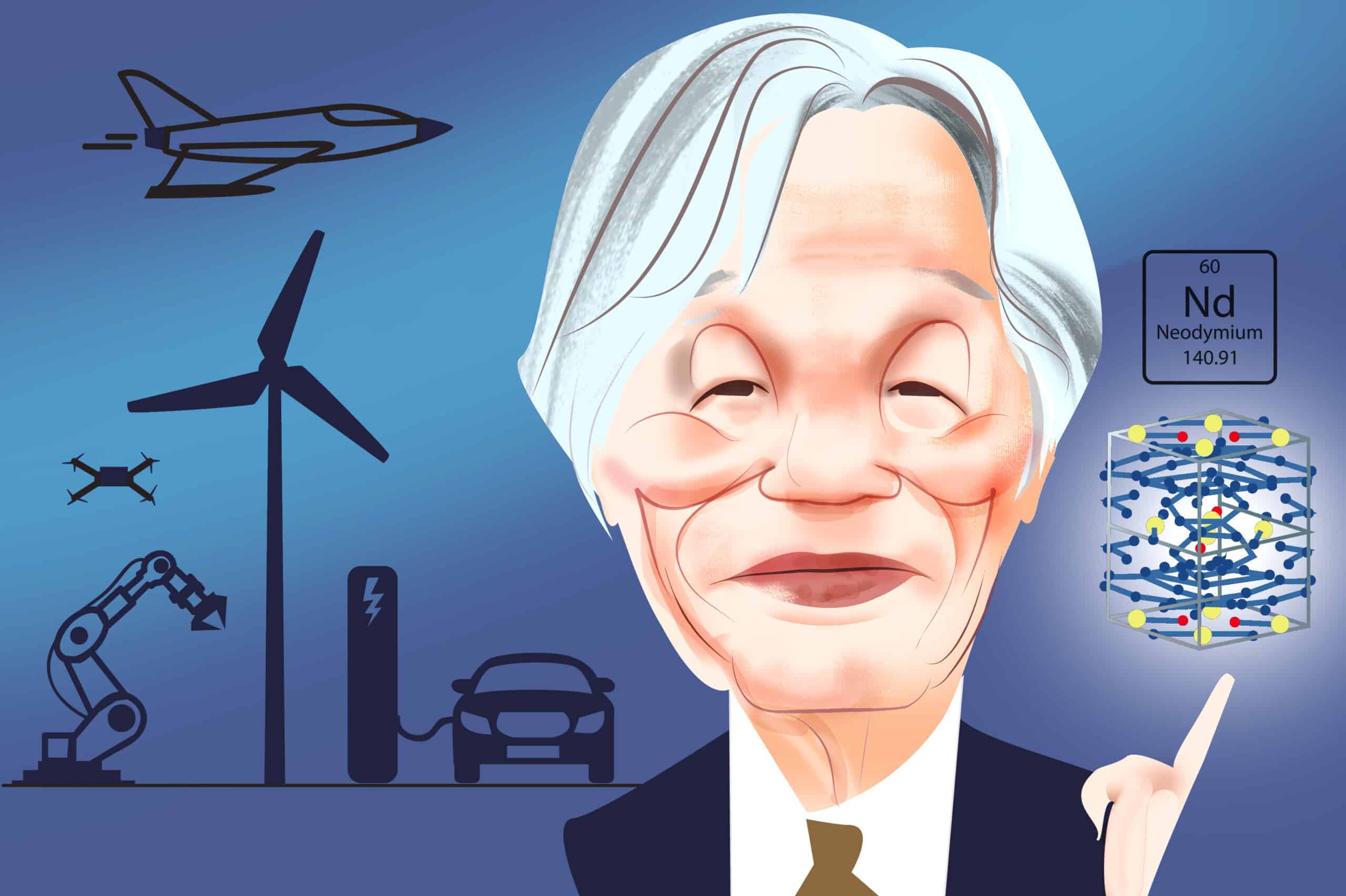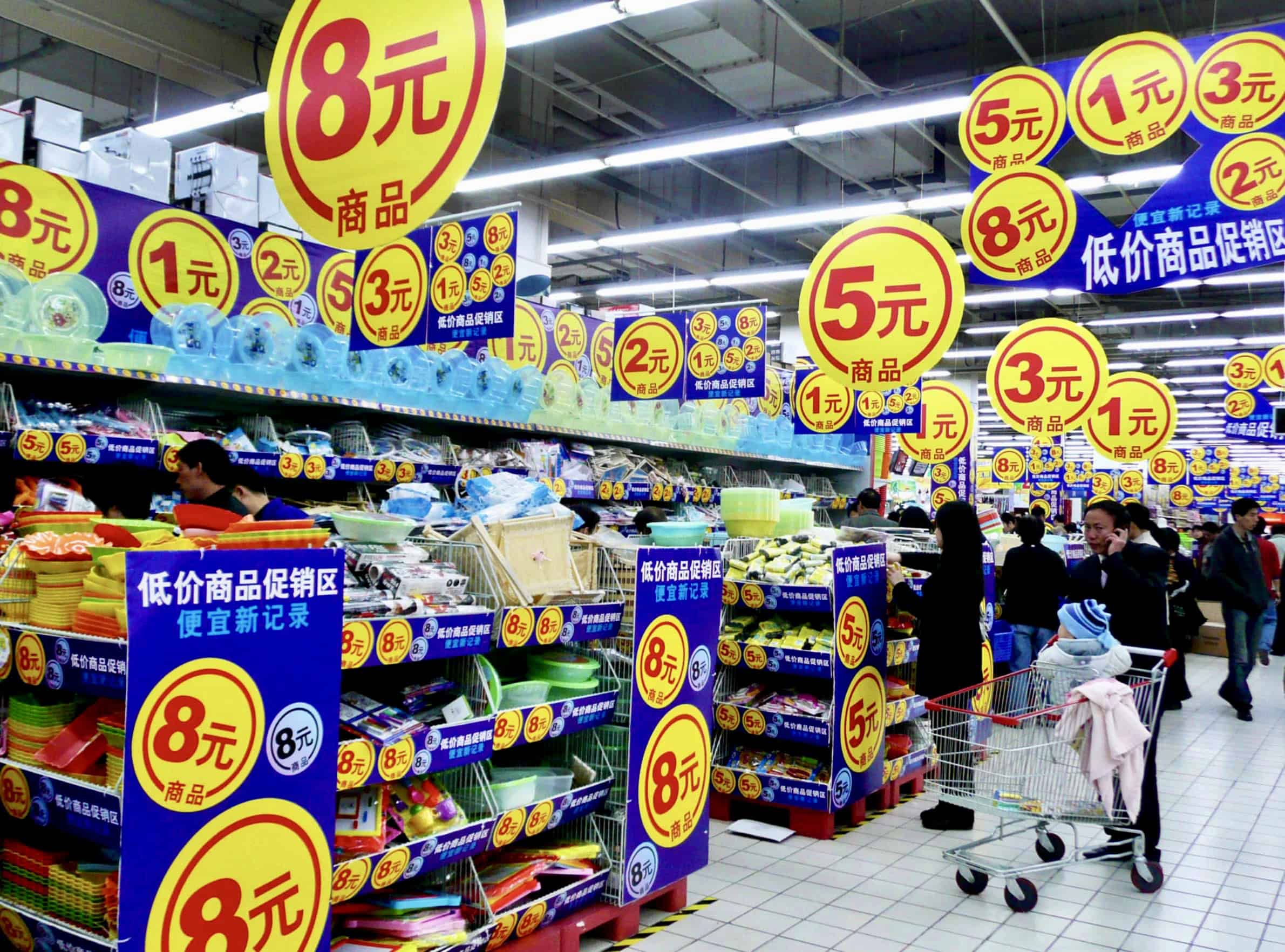Shannon K. O’Neil is an expert in global trade whose new book, The Globalization Myth: Why Regions Matter, argues that the emergence of three major economic blocs in North America, Asia and Europe, has been more important to the world economy’s recent development than globalization. Dr. O’Neil is currently a vice president at the Council on Foreign Relations, where she holds the Nelson and David Rockefeller chair for Latin America studies. Besides her career in academia she has also worked
Navigate China's Business Landscape with Confidence.
- Gain visibility into supplier risks
- Easily manage trade compliance
- Conduct in-depth due diligence



